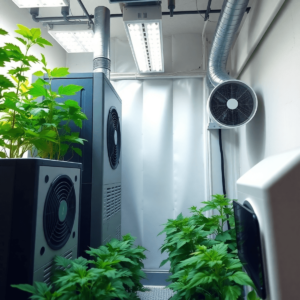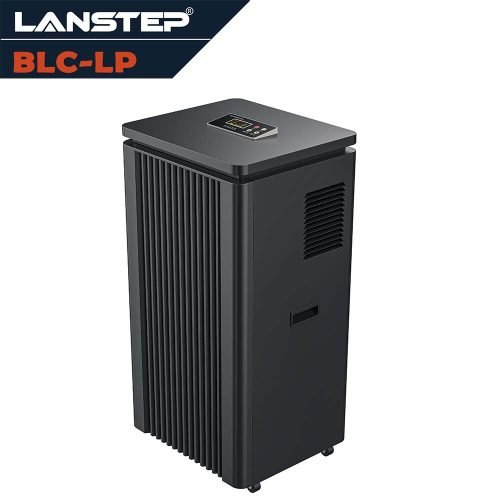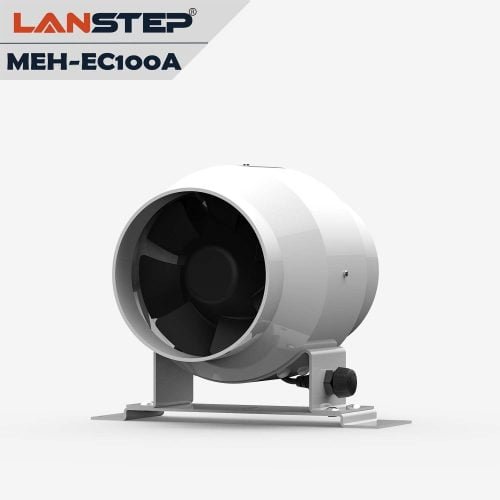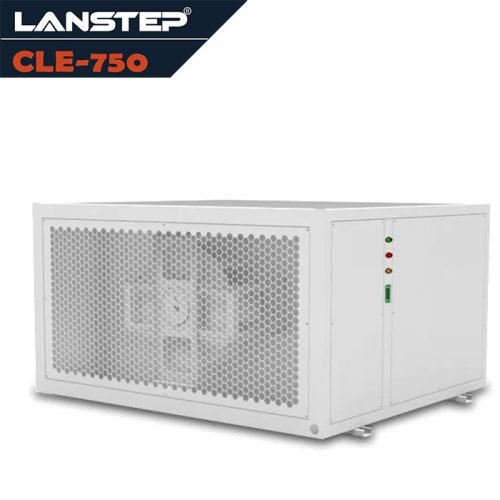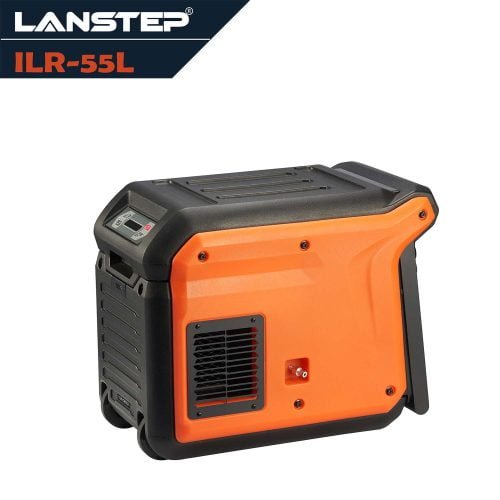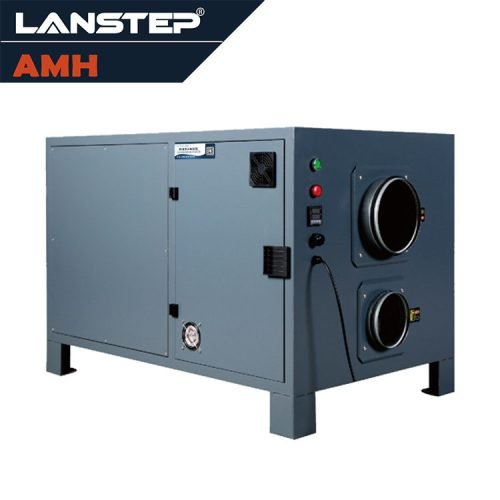1. Introduction
Managing humidity is a critical aspect of indoor swimming pool maintenance. Appropriate humidity levels are not only essential for the lifespan and maintenance costs of the pool but also directly impact the health and comfort of users. This article will detail the importance of controlling indoor swimming pool humidity, the principles involved, technological equipment, the impact of environmental factors, and provide guidance on selecting the right dehumidifier for your pool.
2. The Importance of Humidity in Indoor Swimming Pools
The impact of uncontrolled humidity on indoor swimming pool facilities: Firstly, it is vital to highlight the potential destructive impact of uncontrolled humidity in indoor swimming pools without a dehumidification solution. When water vapor escapes from the pool, it condenses upon encountering cold surfaces such as the walls, windows, or ceilings of the pool room. Prolonged moisture presence can seep into building materials, leading to the growth of mold, rust, and bacteria, severely damaging their structural integrity. The presence of chlorine in pool water exacerbates this situation. Chlorine’s corrosive nature can cause even more significant damage to building materials. The consequences are rotten wood, rusted metal, and thriving mold. Therefore, maintaining and repairing the environment around an indoor swimming pool requires significantly more time and resources, potentially leading to exponentially increasing costs over time. Additionally, this can lead to electrical equipment failures, further increasing costs.
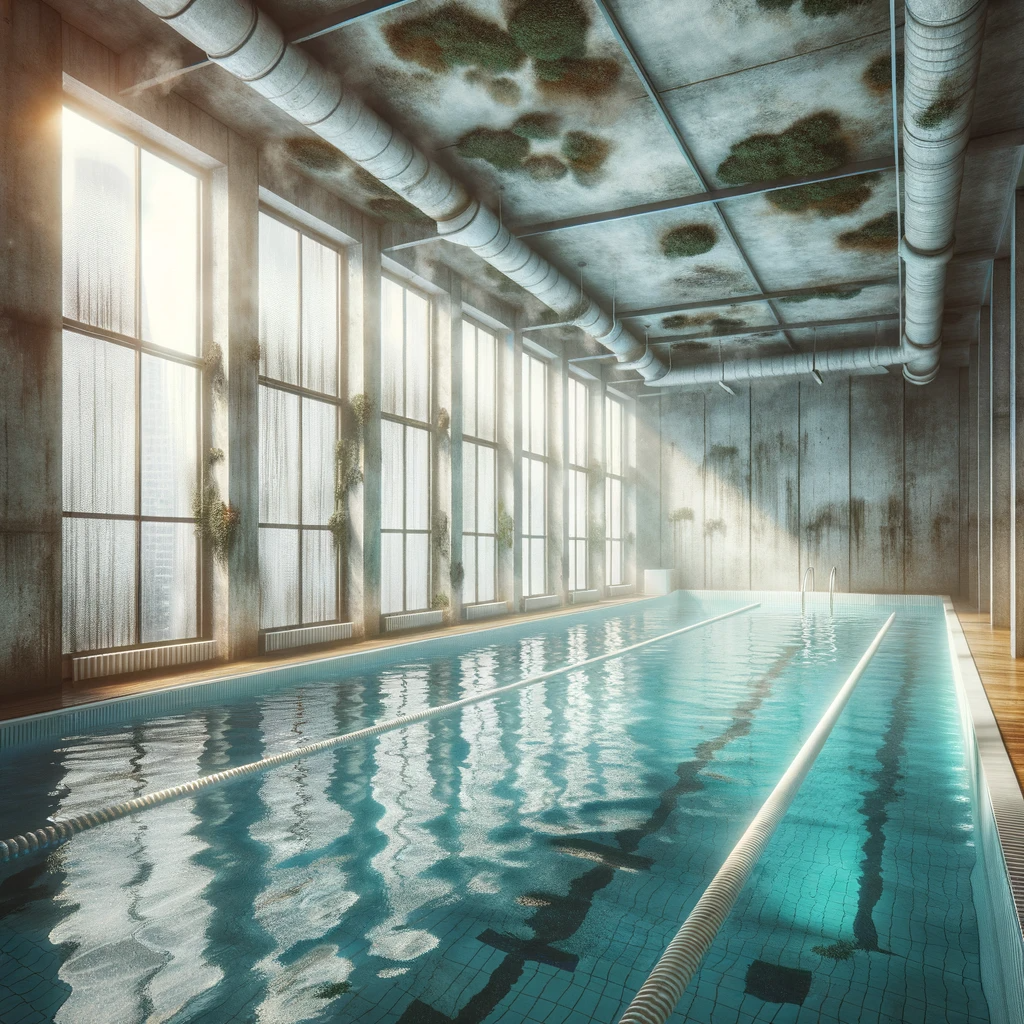
The impact of humidity on users’ health: High humidity levels can create an uncomfortably muggy environment, making people more likely to avoid the swimming pool. Moreover, the growth of mold and bacteria may lead to allergic reactions, rashes, coughing, and respiratory problems, making the pool experience uncomfortable and potentially hazardous to health. Condensation on the floors around the pool can also lead to slipping hazards and other accidents.
Introducing the ideal humidity range: The ideal indoor swimming pool humidity range should be between 50% and 60%. Within this range, the risks of structural damage and health issues are minimized, while ensuring a comfortable pool environment. Proper humidity control helps maintain the physical structure of the pool and ensures the comfort and safety of users. Therefore, achieving and maintaining this ideal humidity range is essential for the long-term operation of any indoor swimming pool.
3. The Basic Principles of Humidity Control
Humidity control involves regulating the amount of water vapor in the air, which requires an understanding of the relationship between humidity, temperature, and air circulation. Effective humidity control can be achieved through proper ventilation and temperature regulation. Additionally, humidity control is closely related to factors such as the pool’s usage pattern and the density of people.
4. Humidity Control Equipment and Technology
Appropriate humidity control equipment is vital for maintaining a comfortable environment in indoor swimming pools. Common humidity control equipment includes dehumidifiers, air conditioning systems, and automatic ventilation systems. The choice of these devices should be based on the pool’s size, shape, and frequency of use. Regular maintenance of these devices is key to ensuring their efficient operation.
5. Environmental Factors Affecting Humidity Control
The humidity control of indoor swimming pools is influenced not only by internal operations and equipment but also by external environmental factors. For example, seasonal changes, climate conditions, and architectural design can all affect the humidity levels within the pool. Understanding how these external factors influence humidity is crucial for developing effective humidity control strategies.
6. Finding the Right Dehumidifier for Your Indoor Swimming Pool
Choosing the right dehumidifier is a critical step in controlling the humidity of an indoor swimming pool. Factors to consider include the type of dehumidifier, capacity, energy efficiency ratio, and scope of application. The right dehumidifier can not only effectively control humidity but also improve energy efficiency and reduce operational costs. Users should select the most suitable dehumidifier based on the specific conditions of their pool.
If you encounter any of the above issues and find yourself asking, “How do I control the humidity in my indoor swimming pool?”, you will find a solution in LANSTEP Company’s robust ILA product line. Our dehumidification systems proactively prevent moisture damage and are custom-tailored to meet the requirements of any indoor swimming pool. Whether you are looking for a solution for a compact indoor or hotel pool, our flexible production process ensures that your system is designed to meet your needs while helping you achieve maximum energy savings through efficient heat recovery.
To learn more about how LANSTEP Company’s ILA series can give you complete control over the humidity around your indoor swimming pool, please contact our team immediately.



